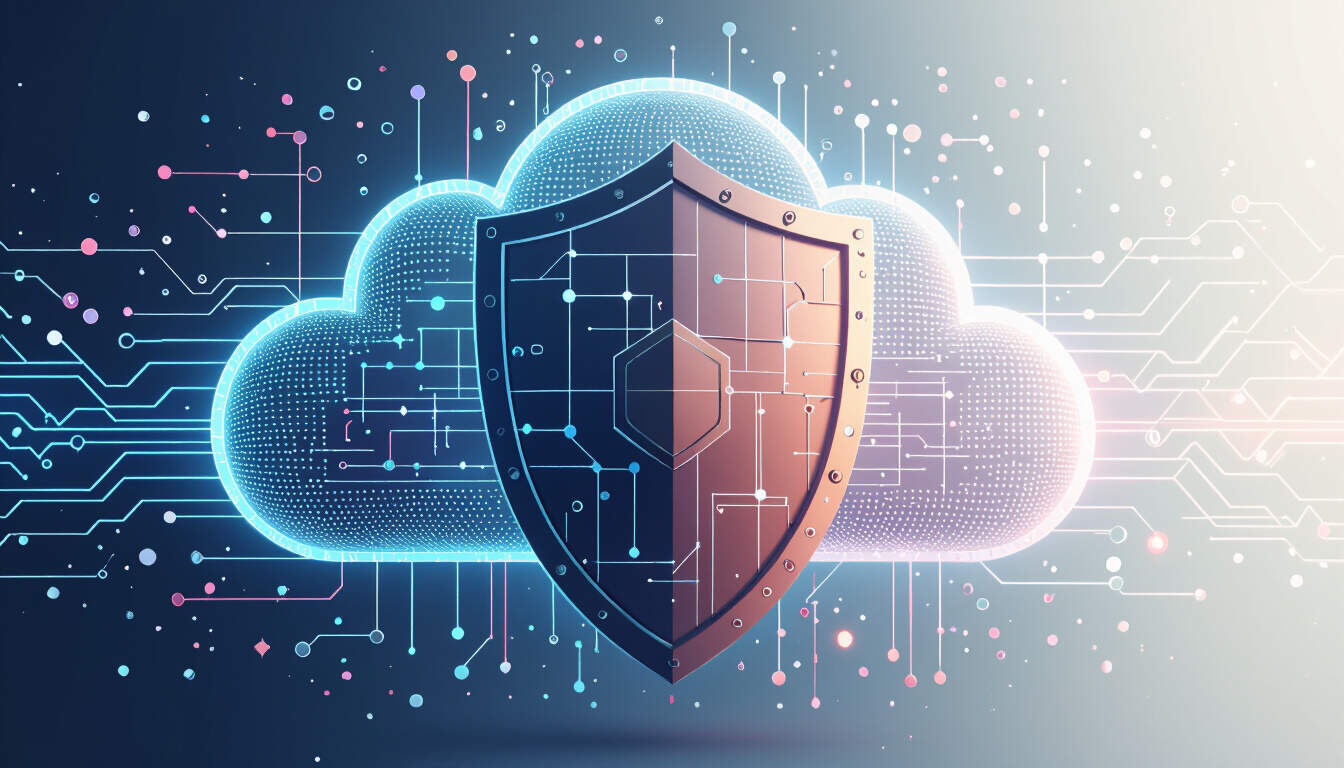Ensuring Data Privacy in Solo SaaS Applications
 by Max Miller
by Max Miller
Data privacy regulations are essential for solo SaaS developers to protect user information and maintain trust. This article covers key laws, practical implementation steps, and real-world examples to help you integrate privacy measures effectively into your projects.

Data privacy regulations play a critical role in SaaS development, particularly for solo entrepreneurs building applications that handle user data. These rules help safeguard personal information and prevent breaches that could harm your business.
Why Data Privacy Matters for Solo SaaS Developers
In software creation, protecting user data is fundamental. For instance, data privacy regulations require developers to handle information securely, reducing risks of legal issues and reputational damage. Many solo developers overlook this aspect early on, but addressing it can lead to stronger, more reliable products.
Consider a real-world scenario where a solo developer created a simple app for managing personal finances. Without proper safeguards, a data leak could expose sensitive details, leading to fines and loss of users. By prioritizing privacy from the start, you can avoid such pitfalls and build a foundation of trust.
Overview of Major Data Privacy Regulations
Several key laws exist that impact SaaS products. The General Data Protection Regulation (GDPR) applies to users in the European Union, mandating clear consent and data minimization. Similarly, the California Consumer Privacy Act (CCPA) gives residents control over their personal data.
For solo developers, compliance means adapting these regulations to small-scale operations. GDPR requires you to inform users about data collection and provide options for deletion. In practice, this involves creating transparent privacy policies and ensuring data is stored securely.
Another regulation, the Personal Information Protection and Electronic Documents Act (PIPEDA) in Canada, emphasizes accountability. As a solo developer, you might need to document your data practices to demonstrate adherence, which can be done through simple logs or internal checklists.
Practical Steps for Implementing Privacy Measures
To integrate these regulations into your SaaS architecture, follow a structured approach. First, conduct an audit of the data your application collects. Identify what information is necessary and eliminate anything excessive.
Next, implement encryption for data at rest and in transit. Tools like HTTPS can secure communications, while databases with built-in encryption features add another layer of protection. For example, use libraries that automatically handle encryption to make the process straightforward.
Then, develop clear consent mechanisms. This could include pop-up notifications that explain data usage and require user agreement. In a step-by-step guide, here is how to proceed:
- Map out all data flows in your application.
- Categorize data based on sensitivity.
- Apply access controls to limit who can view or modify information.
- Regularly update your systems to patch vulnerabilities.
- Test your setup with simulated breaches to identify weaknesses.
Real-world examples show the benefits. A solo developer building a productivity app incorporated these steps and avoided penalties during a GDPR audit, allowing their business to grow without interruptions.
Building User Trust Through Transparency
Transparency is key in fostering user confidence. Provide easy-to-understand privacy notices within your app. For instance, include sections that detail how data is used and shared, helping users feel informed.
In SaaS architecture, integrate privacy by design principles. This means considering user consent from the initial planning stages. A practical example is a solo developer who added opt-in features for data sharing, resulting in higher user retention rates.
Additionally, offer users control over their data. Features like account deletion or data export options not only comply with regulations but also enhance the user experience. One developer reported that adding these controls reduced churn by making users feel more empowered.
Challenges and Solutions for Solo Developers
Solo developers often face resource constraints when dealing with regulations. Start with free resources, such as online templates for privacy policies, to keep costs low. Collaborate with open-source communities to share best practices and tools.
For instance, if you're working on a web-based SaaS tool, use frameworks that include built-in support for privacy features. This can simplify compliance without requiring extensive custom coding. Over time, as your project scales, invest in automated monitoring tools to track data access and ensure ongoing adherence.
Conclusion
Incorporating data privacy regulations into your solo SaaS development process is essential for long-term success. By following the outlined steps and learning from examples, you can create secure applications that users trust. Remember, proactive measures not only meet legal requirements but also differentiate your product in a competitive market.
Take the time to review and refine your approach, ensuring your SaaS architecture supports both functionality and privacy.
